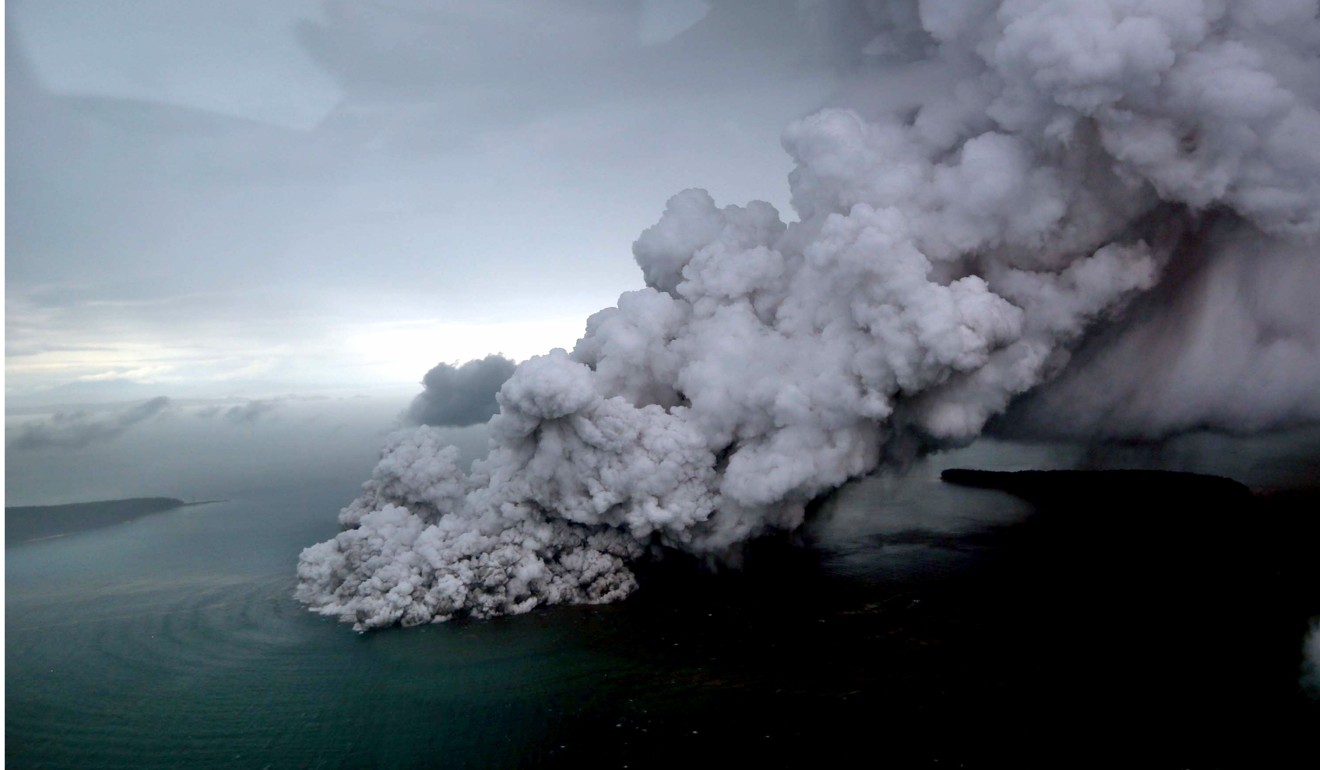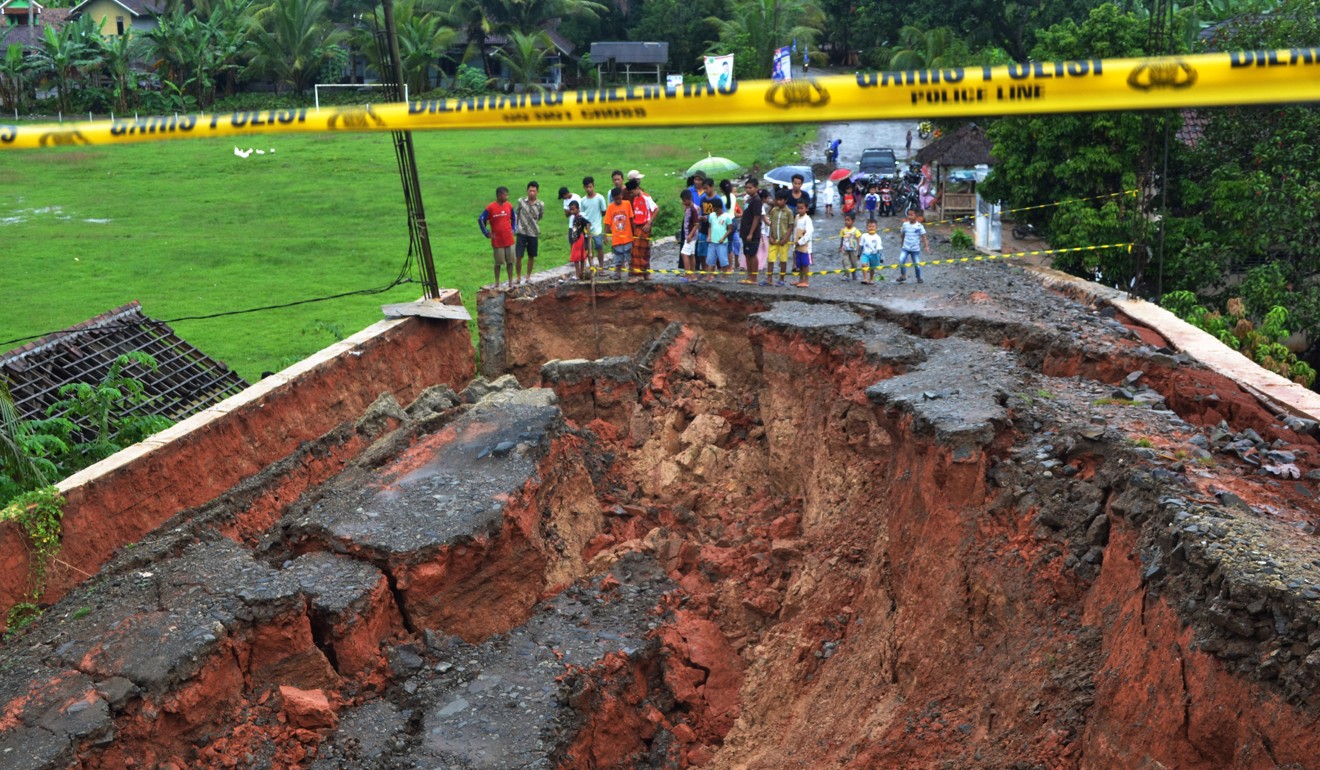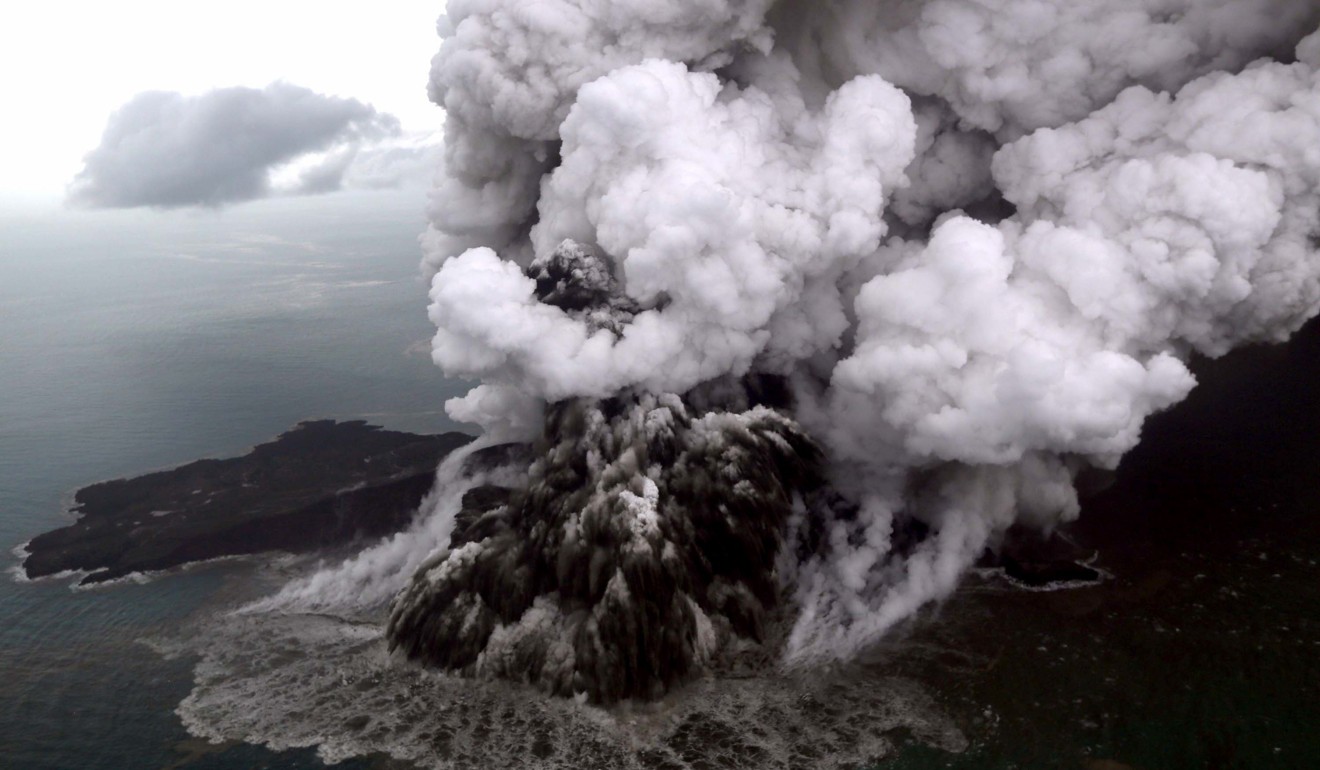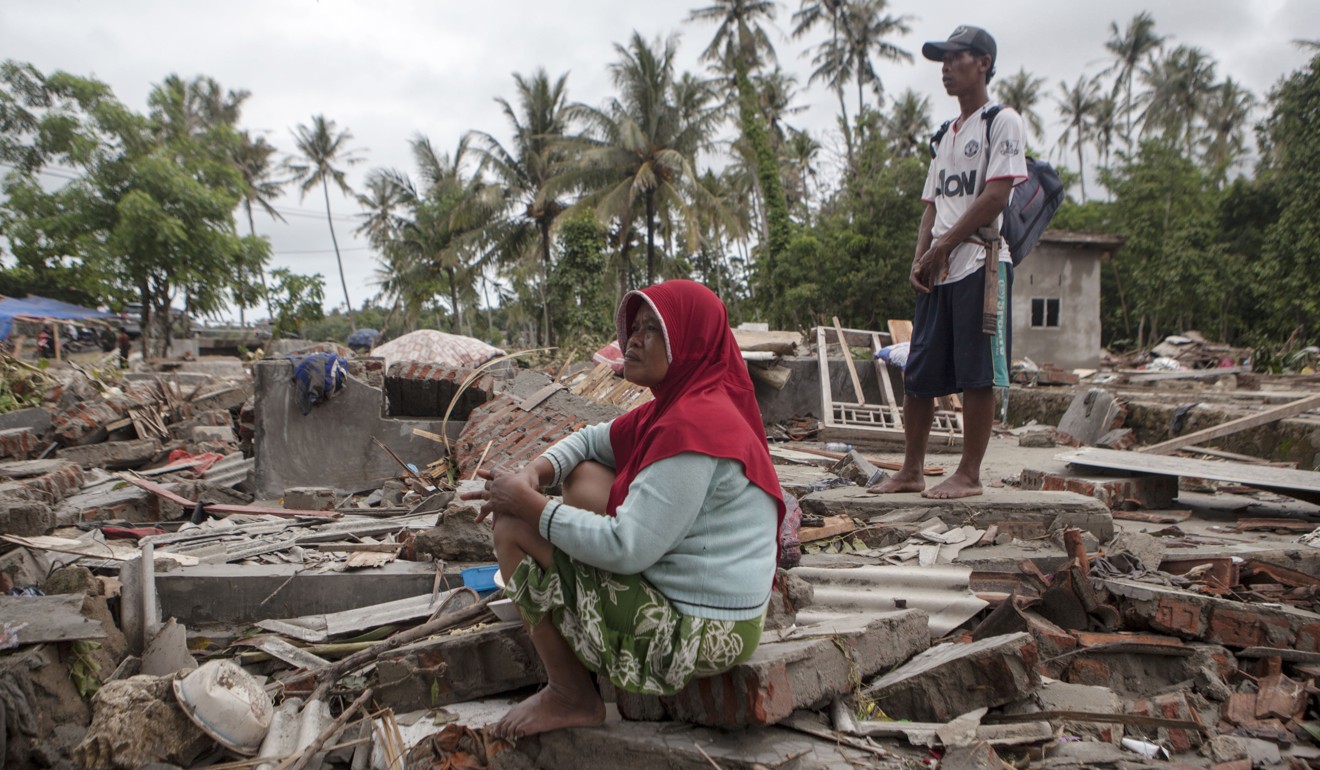
The dead and displaced: Indonesia counts the cost of 2018’s wave of natural disasters
- More than 4,600 people have died or disappeared in a slew of catastrophic events to hit the Southeast Asian archipelago this year
Some 40,000 people have now been displaced by last week’s deadly tsunami in Indonesia – nearly double the initial figure – while more than 7,000 were injured in the disaster, officials said on Friday.
Authorities made the announcement as they trimmed the official death toll to 426, from a previous tally of 430, with double-counting by different districts blamed for the change. Two dozen people remain missing almost a week after the disaster.

In total, more than 4,600 people have died from natural disasters this year in Indonesia. The Southeast Asian archipelago is one of the most disaster-hit nations on Earth because of its position straddling the so-called Pacific Ring of Fire, where tectonic plates collide.
The country’s National Disaster Mitigation Agency, in a briefing on December 19 four days before the killer tsunami struck, said there had been 2,426 disasters so far in 2018, causing the deaths or disappearances of 4,231 people.
Agency chief Willem Rampangilei said most of the country’s natural disasters this year had actually been caused by floods, landslide and tornadoes – though geological events produced a larger death toll, according to national news agency Antara.

Data from the United States Geological Survey showed that from January 1 to December 28, Indonesia – home to more than 260 million people – was rocked by upwards of 230 earthquakes of a 5.0-magnitude or above on the Richter scale.
Last weekend’s tsunami was the third major natural disaster in six months, making 2018 one of the deadliest years for the country in recent memory.
On the tourist island of Lombok in August, a 7.0-magnitude earthquake killed more than 500 people and destroyed over 42,000 homes. In September, a giant tsunami triggered by a 7.5 magnitude earthquake smashed into the west coast of Sulawesi island, including the city of Palu. More than 2,200 people died.
Along the coasts of Java and Sumatra, rescue work is still ongoing – although rescuers now expect to find bodies rather than survivors. Anak Krakatoa, which triggered the giant waves after it erupted violently and then partially collapsed into the ocean, continues to spew rocks and ash.
Danger level raised for Indonesia volcano as rocks and ash burst into the sky
On Thursday, Indonesia’s disaster agency raised the nation’s danger alert level and warned that fresh activity at the volcano’s crater threatened to trigger another deadly wave. Bad weather was hampering efforts to inspect Anak Krakatoa, officials said.
“We’re recommending that people who lived near the beach be permanently relocated,” national disaster agency spokesman Sutopo Purwo Nugroho told a press briefing in Jakarta.
“But it’s a last-ditch option because it’s not easy with limited space and people are reluctant to move away.”
A no-go zone around the rumbling volcano has been widened to 5km – up from a previous 2km – with residents warned to stay away from the coastal areas of Banten and Lampung provinces, that are normally popular with tourists during the year-end festive period.
The crater’s status has also been raised to high alert, the second-highest warning on Indonesia’s four-point danger scale.

Flights are being redirected and on Thursday night, Singapore’s government issued a travel warning to its citizens against travelling to the area.
One issue Indonesia has not been able to overcome is its lack of early warning systems that could reduce the death toll of frequent disasters.
In an earlier briefing, Sutopo from the disaster agency spoke of how 22 special buoys placed across the country to detect earthquake-triggered tsunami before they hit the coast had not worked since 2012.
The buoys had either been vandalised or were not well-maintained because of insufficient funds, and the country has no system to warn of possible killer waves after a volcanic eruption.
Dwikorita Karnawati, the head of Indonesia’s Meteorology, Climatology and Geophysics Agency, said her organisation was in discussions with the government to install more than 1,800 underwater sensors that could detect both tectonic and volcanic activity around the archipelago, including in the Sunda Strait.

Widjo Kongko, from the Indonesian Agency for Assessment and Application of Technology said: “There must be sensors that monitor changes in sea level that are installed in the middle of the sea such as buoys, undersea cables that have sensors, or a radar system. They must monitor changes in the sea level in real time, 24/7.”
Indonesia recently marked the 14th anniversary of a massive earthquake and tsunami in 2004, that killed an estimated 180,000 people in Aceh province, on the northern tip of Sumatra. Tens of thousands more died in other countries around the Indian Ocean.

.png?itok=arIb17P0)
